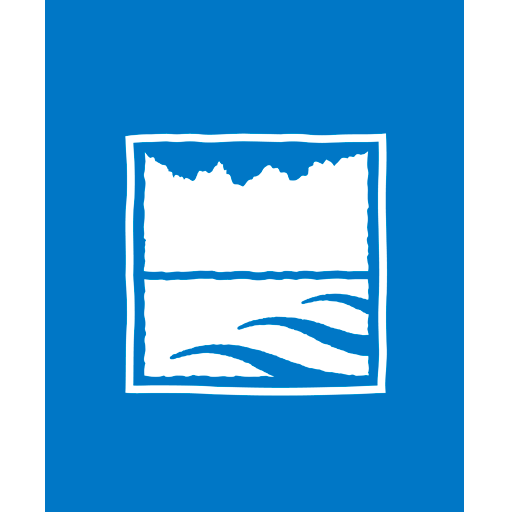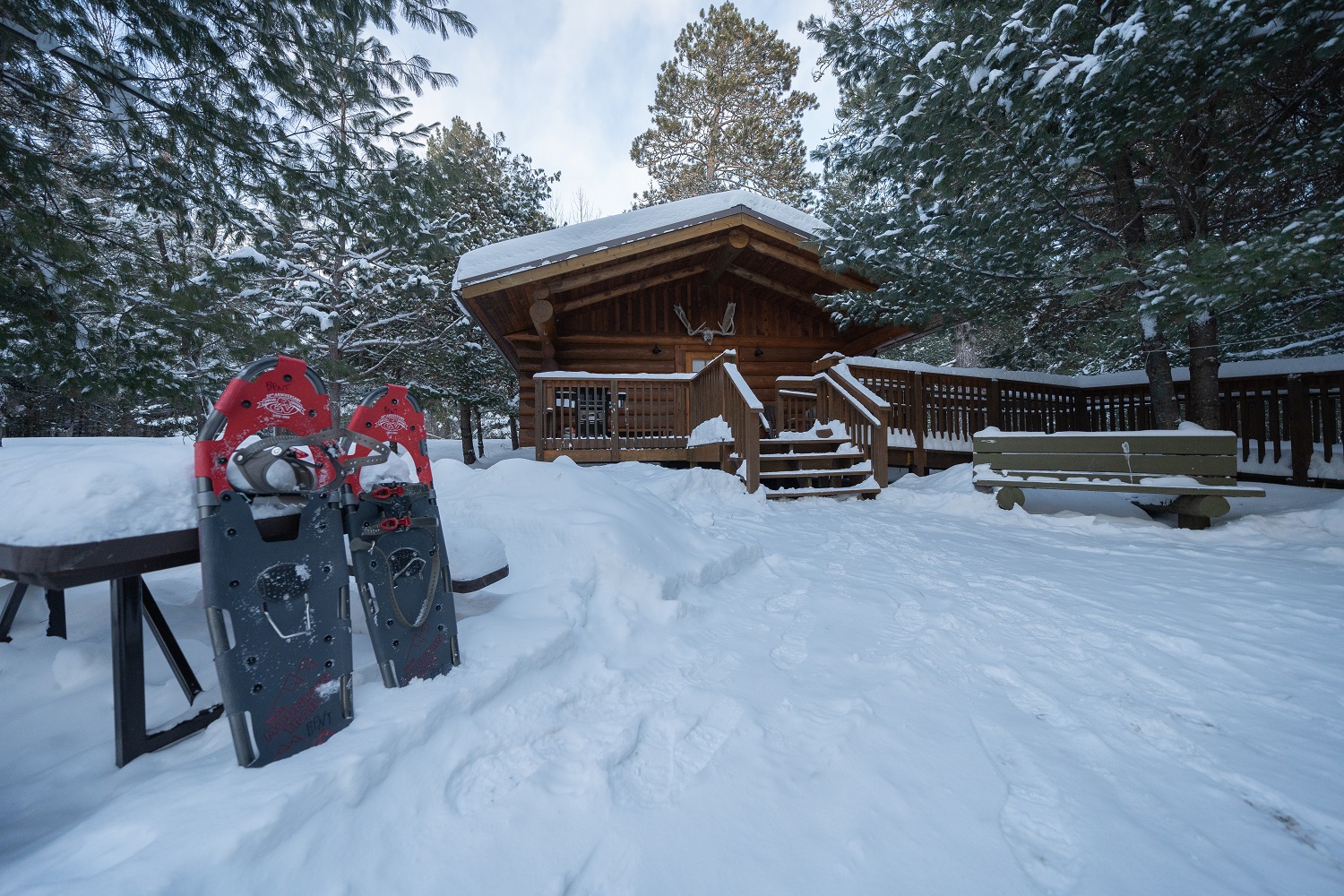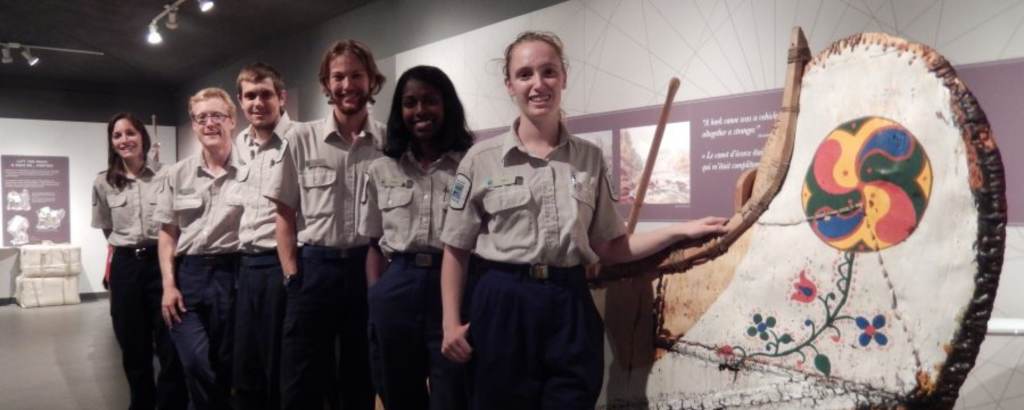
Today’s post comes from Cathy Entwhistle, the Natural Heritage Education Leader and Volunteer Coordinator at Bronte Creek Provincial Park.
Reading the title, you might think this blog is about the many languages featured in Ontario.
While Ontario Parks is visited by dozens of different language speakers each year and we do our best to communicate with everyone, the staff we call “interpreters” might only speak one language (or at least, one human language).
In Ontario Parks, an interpreter’s job is actually to interpret Ontario’s nature and history for our many park visitors.
Ever since there have been parks and wild spaces, there have been people telling their stories to anyone who would listen, attempting to inspire the same love of those special places in others.

Ontario’s interpreters are the descendants of those storytellers; we tell the stories of Ontario’s peoples and places, animals and landscapes.
To quote Dr. Seuss’ The Lorax: “[We] speak for the trees.” …and the birds, and the fish, and the lichen, and the rocks, and the voyageurs, and the wetlands, and the loggers, and the frogs and… well, you get the idea.
We tell the stories of our parks not just to entertain, but to connect.

~
What is interpretation?
The National Association of Interpretation defines interpretation as:
“A mission-based communication process that forges emotional and intellectual connections between the interests of the audience and the meanings inherent in the resources.”
In other words, our job is to help you understand and fall in love with the rich natural and cultural legacy of our province. This can be harder than it sounds.
~
Lifelong learners
Certainly, there is much to love and be inspired by in Ontario. From majestic waterfalls to rocky shorelines, windswept fields to shadowed forests, every turn on a trail reveals something awe-inspiring. The scale may be as large as a panoramic landscape or as small as the lacy growth of lichen on a rock.
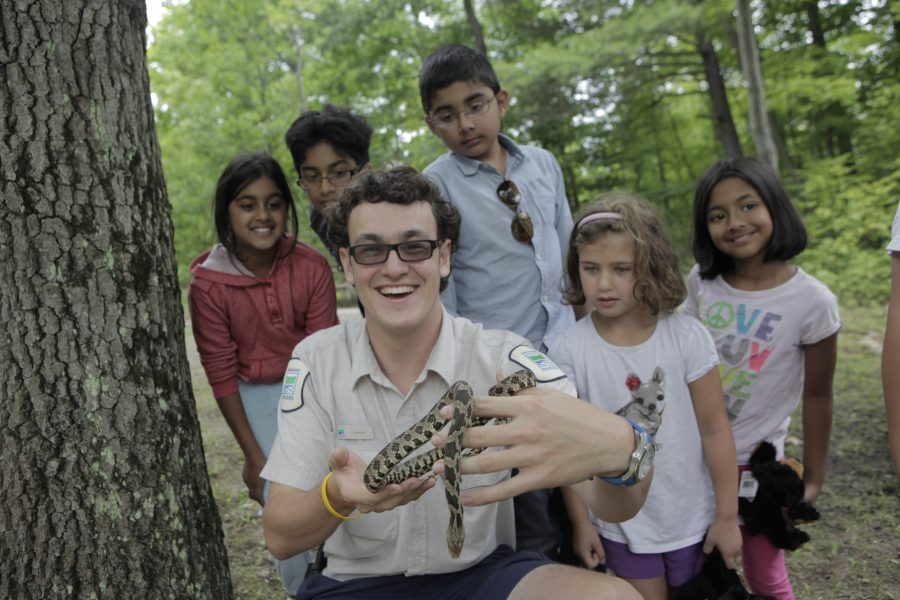
But how do you help people form real, solid connections with it all? How do you help them care about wildlife they may or may not see for themselves? How do you get people to listen to the history of our province, when so many slept through it in school?
Interpreters tackle these challenges head on with a passionate gleam in their eyes. Being an interpreter requires an avid dedication to our natural and cultural past, present and future. But more than that, it requires a genuine desire to share with others – to share knowledge, experiences, insights.
Interpreters are lifelong learners who are driven as much by unexpected and insightful questions from visitors as personal inquisitiveness. They share what they learn in many different ways.
For instance, you might encounter an interpreter:
- giving a traditional slide show talk on a stage
- teaching a group of visitors how to hoot like an owl on a darkened trail
- recruiting help to work in a living history voyageur camp by the shore
- leading a small army of children armed with nets into a marsh
You might even find one outside the park, visiting local schools or libraries to bring the outside indoors, or even online in social media posts.
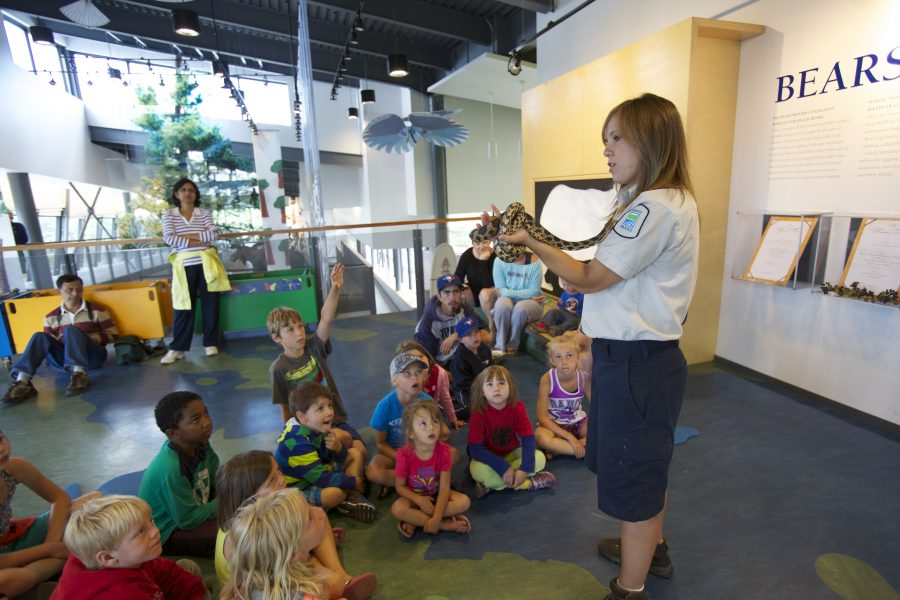
~
New challenges
As our technology and population evolves, so too does the art and science of interpretation. New challenges are faced every day:
- What is the most effective way to use social media to reach our visitors?
- How do we connect with an urbanized population?
- How do we turn technology into an ally instead of a competitor?
~
The 2017 conference
These questions and more will be addressed this year at the National Association of Interpretation Region IV Workshop 2017 this April in St. Catharines, Ontario.
Based in the United States, the National Association of Interpretation is an international not-for-profit organization that can trace its roots back 60 years and currently serves thousands of members in over 30 countries. NAI has helped establish and maintain professional standards and procedures for interpretation as a profession. The Region IV Workshop will provide interpreters from Ontario, Ohio, Michigan and Indiana with continual training and networking opportunities and allow them to share their knowledge, experiences and challenges in a professional setting.
These types of learning opportunities ensure our park interpreters are able to respond to new trends and implement modern methods so share their wealth of natural and cultural knowledge.
~
Want to know what our interpreters have in store this season?
Check our events page for an up-to-date list.
